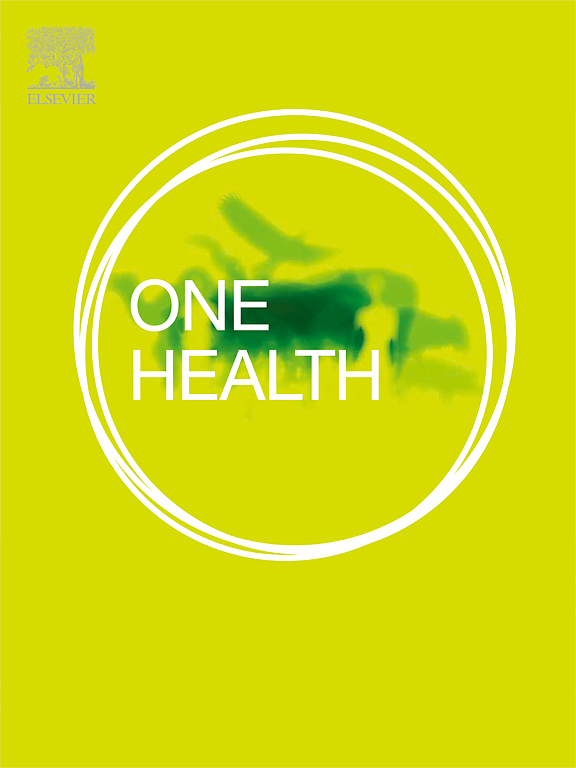西尼罗病毒(WNV) 2系在西班牙首次向人类本土传播
IF 4.1
2区 医学
Q1 INFECTIOUS DISEASES
引用次数: 0
摘要
西尼罗河病毒(WNV)2系主要流行于非洲和欧洲部分地区,最近在新的地理区域成为公共卫生问题。2024 年,在西班牙南部的安达卢西亚发现了首例由西尼罗河病毒 2 型引起的神经侵袭性疾病的本地人类病例。分子检测和全基因组测序证实了 WNV 2 型是病原体。系统发育分析表明,该病毒与中欧流行的毒株关系密切,不同于之前在西班牙检测到的 WNV 2 系。同时,在病例发生地附近的一只雄鹰体内检测到了 WNV 2 代 RNA,表明病毒在当地流行。该病例标志着西班牙的 WNV 流行病学发生了重大变化,因为在西班牙,1 系病毒一直占主导地位。研究结果突出表明,WNV 2 型的传播范围正在不断扩大,因此有必要加强病媒监测、基因组监测和 "一体健康 "战略,以减轻未来的疫情爆发并保护公众健康。本文章由计算机程序翻译,如有差异,请以英文原文为准。
First autochthonous transmission of West Nile virus (WNV) lineage 2 to humans in Spain
West Nile Virus (WNV) lineage 2, primarily endemic to parts of Africa and Europe, has recently emerged as a public health concern in new geographic regions. In 2024, the first autochthonous human case of neuroinvasive disease caused by WNV lineage 2 was identified in Andalusia, Southern Spain. Molecular testing and whole-genome sequencing confirmed WNV lineage 2 as the causative agent. Phylogenetic analysis revealed a close relationship with strains circulating in Central Europe, distinct from previous WNV lineage 2 detections in Spain. Concurrently, WNV lineage 2 RNA was detected in an imperial eagle near the case location, suggesting local viral circulation. This case marks a significant shift in WNV epidemiology in Spain, where lineage 1 has historically been dominant. The findings underscore the expanding range of WNV lineage 2 and the necessity for enhanced vector surveillance, genomic monitoring, and strengthened One Health strategies to mitigate future outbreaks and protect public health.
求助全文
通过发布文献求助,成功后即可免费获取论文全文。
去求助
来源期刊

One Health
Medicine-Infectious Diseases
CiteScore
8.10
自引率
4.00%
发文量
95
审稿时长
18 weeks
期刊介绍:
One Health - a Gold Open Access journal.
The mission of One Health is to provide a platform for rapid communication of high quality scientific knowledge on inter- and intra-species pathogen transmission, bringing together leading experts in virology, bacteriology, parasitology, mycology, vectors and vector-borne diseases, tropical health, veterinary sciences, pathology, immunology, food safety, mathematical modelling, epidemiology, public health research and emergency preparedness. As a Gold Open Access journal, a fee is payable on acceptance of the paper. Please see the Guide for Authors for more information.
Submissions to the following categories are welcome:
Virology,
Bacteriology,
Parasitology,
Mycology,
Vectors and vector-borne diseases,
Co-infections and co-morbidities,
Disease spatial surveillance,
Modelling,
Tropical Health,
Discovery,
Ecosystem Health,
Public Health.
 求助内容:
求助内容: 应助结果提醒方式:
应助结果提醒方式:


